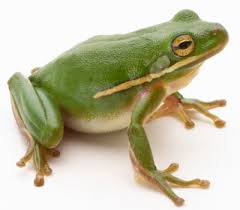Booklet: 1983 Emergency Booklets - Melbourne Issue (Personalized and Private Mail Stamps 1983)
1983 Emergency Booklets - Melbourne Issue (Personalized and Private Mail Stamps 1983)
01 January (Personalized and Private Mail Stamps ) within release Australia : 1983 Emergency Booklets goes into circulation Booklet 1983 Emergency Booklets - Melbourne Issue face value 60 Australian cent
| Booklet 1983 Emergency Booklets - Melbourne Issue in catalogues | |
|---|---|
| Colnect codes: | Col: AU 1983-BK2 |
Booklet is square format.
This booklet was prepared in mid-1983 when the postal rates went up 3c from 27c, unexpectantly and the G.P.O. was without 30c stamps.Booklet 1983 Emergency Booklets - Melbourne Issue it reflects the thematic directions:
Birds (Aves), a subgroup of Reptiles, are the last living examples of Dinosaurs. They are a group of endothermic vertebrates, characterised by feathers, toothless beaked jaws, the laying of hard-shelled eggs, a high metabolic rate, a four-chambered heart, and a strong yet lightweight skeleton. Birds live worldwide and range in size from the 5 cm (2 in) bee hummingbird to the 2.75 m (9 ft) ostrich. They rank as the class of tetrapods with the most living species, at approximately ten thousand, with more than half of these being passerines, sometimes known as perching birds. Birds are the closest living relatives of crocodilians.
A frog is any member of a diverse and largely carnivorous group of short-bodied, tailless amphibians composing the order Anura[(coming from the Ancient Greek ἀνούρα, literally 'without tail'). The oldest fossil "proto-frog" Triadobatrachus is known from the Early Triassic of Madagascar (250 million years ago), but molecular clock dating suggests their split from other amphibians may extend further back to the Permian, 265 million years ago. Frogs are widely distributed, ranging from the tropics to subarctic regions, but the greatest concentration of species diversity is in tropical rainforest. Frogs account for around 88% of extant amphibian species. They are also one of the five most diverse vertebrate orders. Warty frog species tend to be called toads, but the distinction between frogs and toads is informal, not from taxonomy or evolutionary history.


